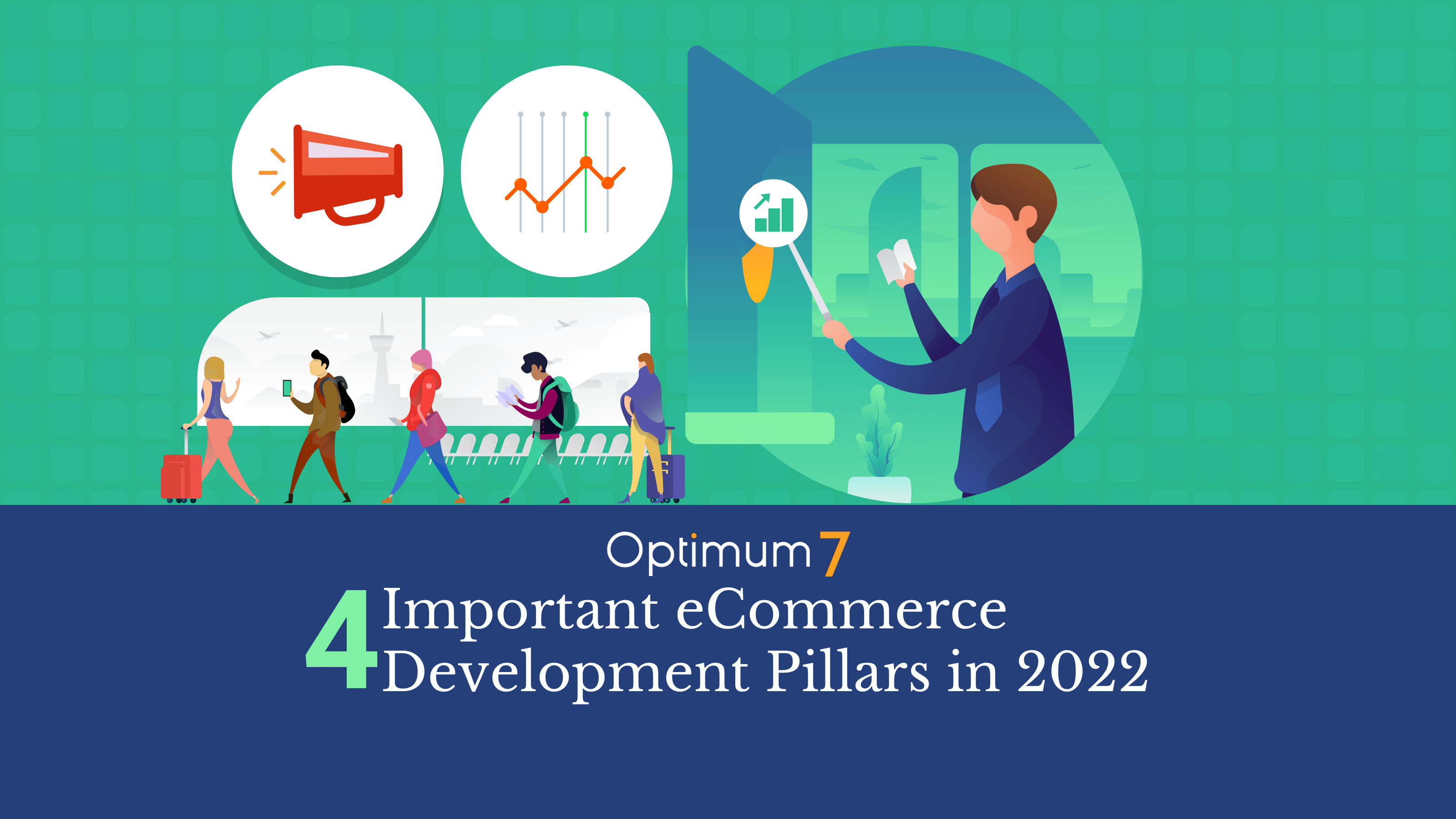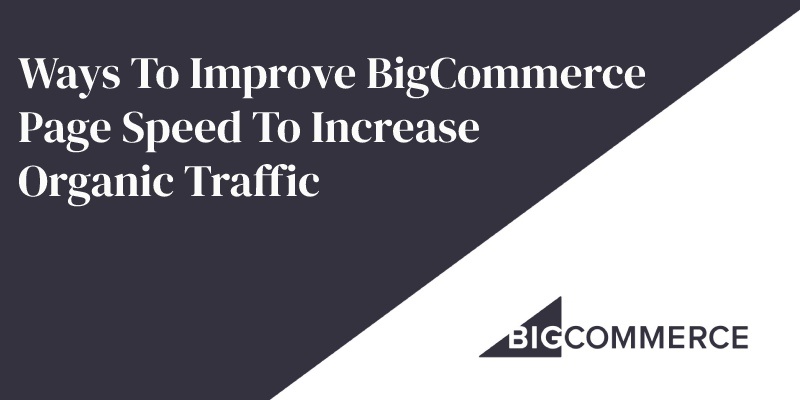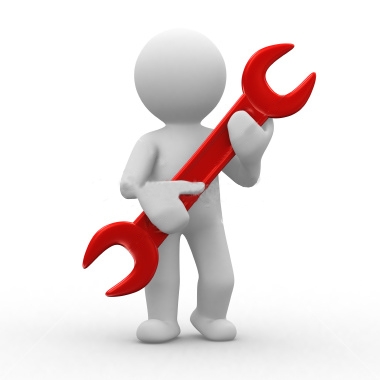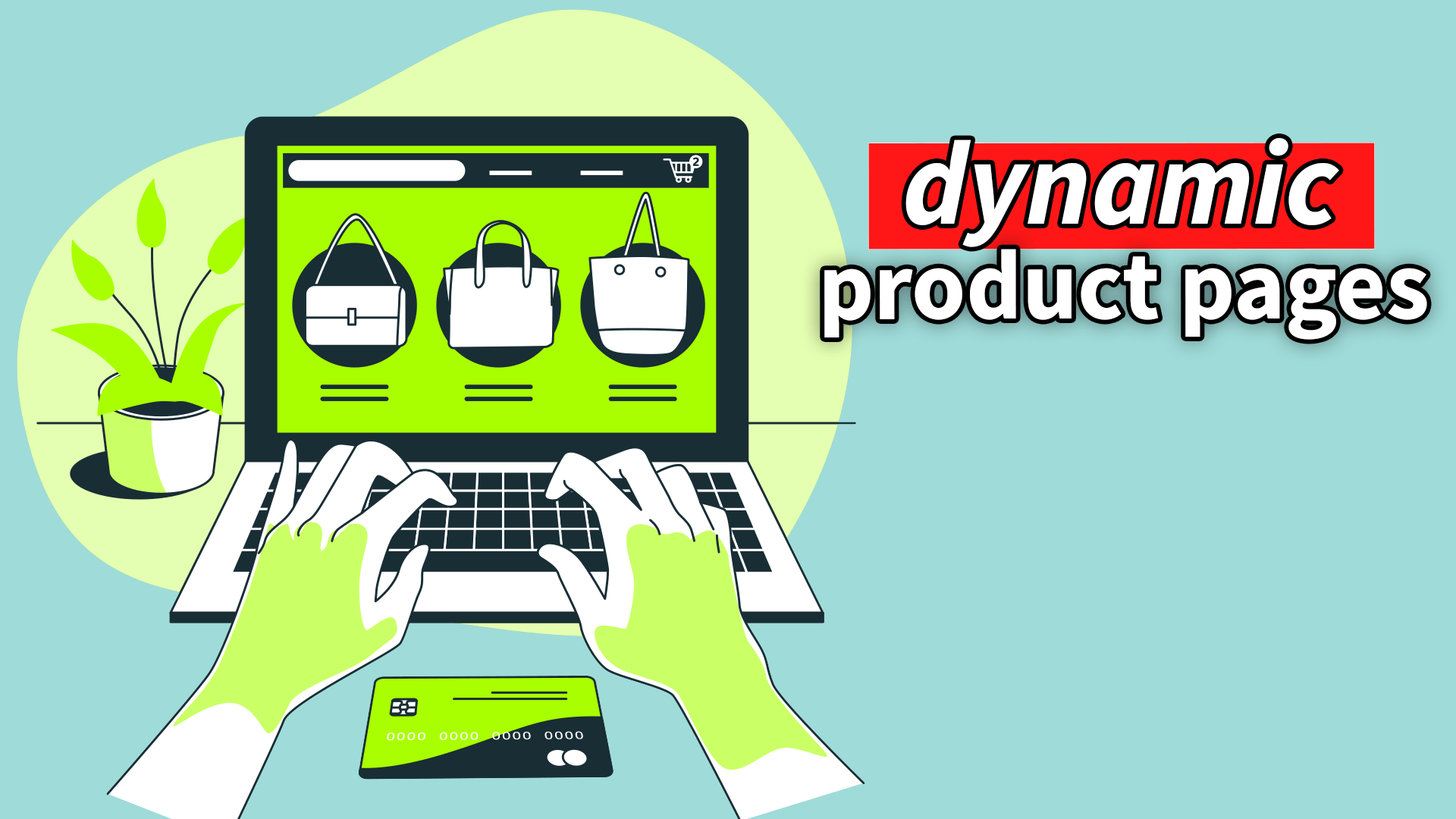Many businesses have rushed into the digital realm in recent years, only to find out that they are now using outdated, legacy software, which has left them trapped in more ways than one. As a result of these difficulties, today’s leaders are being compelled to focus on developing adapting to new eCommerce trends and technologies.
In this article, we’ll go over the 4 most important eCommerce development pillars that will shape the future of eCommerce in 2022.
Let’s start with the first one! B2B has been around for *centuries* and it’s not going anywhere anytime soon.
1. B2B eCommerce
B2B eCommerce is the process of selling and marketing items between two businesses via the internet. The aim is straightforward: grow client exposure while lowering cost-to-serve in order to boost income.
How does B2B eCommerce work?
“Business-to-business” (or B2B) refers to the process of selling items and services directly between two businesses. B2B is a separate business strategy from B2C, which involves companies selling to consumers directly.
Through an online sales portal, B2B eCommerce involves transactions between a manufacturer and a wholesaler, or a wholesaler and a retailer. B2B businesses do business with wholesalers, large retailers, and organizations (even nonprofits).
In terms of B2B sales, B2B eCommerce is seeing one of the fastest rates of growth. According to some estimates, the global B2B eCommerce market is valued at more than $12 trillion and accounts for 13% of total B2B sales in the US.
The Benefits of B2B eCommerce
- Automated sales processes for:
- Business-to-Business (B2B)
- Supplier-to-Supplier (S2S)
- Distributor-to-Distributor (D2D)
- There is less of a need for middlemen, and there are more opportunities for growth.
- Costs of infrastructure and overhead are decreased.
- Employee productivity is increased.
- Ability to contact a large number of people at once.
- Partner connections that are better.
The COVID outbreak revealed various supply chain problems as well as faults in B2B procedures. The transition to internet retailing was the bright spot.
While it might appear daunting to move your whole B2B operation online, those who do so benefit from improved customer service, faster delivery, and new revenue streams.
The B2B eCommerce shift is more than just a passing fancy. Buyers and sellers are increasingly turning to digital commerce since it streamlines procedures and enhances efficiency, and this pattern is expected to continue throughout 2022 and beyond.

Types of B2B eCommerce
– Wholesale
Businesses frequently buy in bulk and resell them at a higher price. The sale of goods to other businesses is referred to as wholesale.
Typically, items are obtained from manufacturers or wholesalers directly. Wholesale B2B models are widely used in a variety of industries, including retail, food service, construction, and medicine.
Traditionally, wholesale B2B transactions were completed over the phone, via email, or using spreadsheet order forms. Selling wholesale today, everything is electronic; when utilizing a B2B eCommerce solution, the platform makes it simple for the wholesaler to showcase goods and provide a pleasant purchasing experience.
– B2B2C
Business to Business to Consumer (B2B2C) eCommerce eliminates the typical middleman between B2B and B2C organizations, bringing firms in direct touch with customers. Looking at how a wholesaler or manufacturer interacts with conventional B2B and B2C models is the best way to understand the B2B2C model.
In these cases, the wholesaler or producer sends goods to B2B, who sells them to the ultimate consumer. In a B2B2C model, the wholesaler or manufacturer communicates with the ultimate client by collaborating with the B2B or selling directly to consumers.
These transformations occur online, most of the time through virtual shops or eCommerce websites. The consumer is usually aware that the products are being supplied by a different business than the one which they purchase from; for example, a client may buy an item from an affiliate blogger but receives the product from the manufacturer.
– Distributors
A distributor is a person who works with producers to help them sell more by raising awareness and visibility for their products. The sale takes place online under an eCommerce model, which is frequently carried out using an eCommerce platform.
Many companies collaborate with distributors, and going digital allows for more development possibilities.
Distributors, like other B2B models, are attempting to cut the time it takes to get a product to market and provide a client experience that exceeds expectations.
– Manufacturers
Manufacturers utilize parts and raw materials in conjunction with manual and mechanical labor to produce finished items on a large scale. In the B2B industry, the final products are sold to other manufacturers or distributors.
Manufacturers in a B2B setting are common in the automobile industry. Manufacturers create individual automobile components, such as a gasoline pump and an engine, which they then sell to an auto company that puts them together and sells the finished vehicle to the consumer.
They are operating online in the same techniques that distributors do. B2B buyers want a comparable buying experience to B2C consumers, and businesses are starting to pay attention.
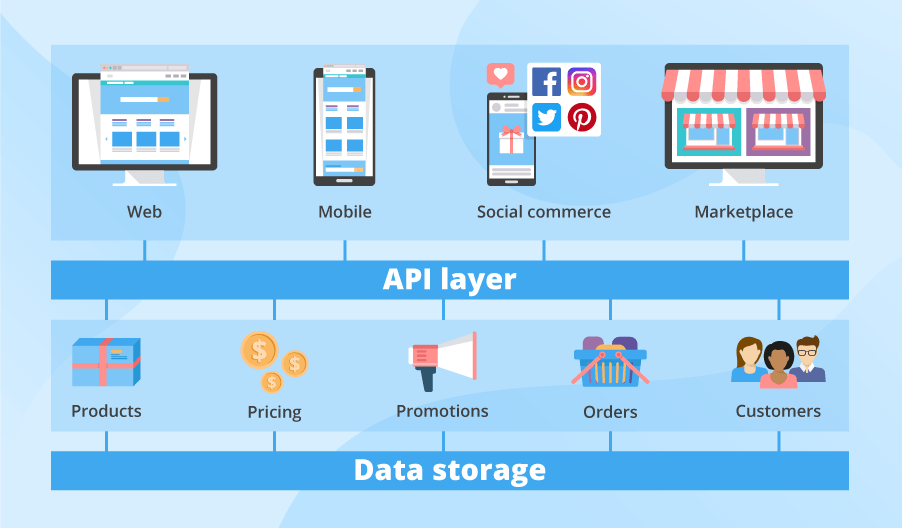
2. Headless eCommerce
eCommerce platforms were originally designed with the consumer on a desktop computer in mind. As buyers have begun to shop on displays of various sizes and even devices without screens over the last several years these platforms had to adapt.
There are several methods for customers to make online purchases, including Amazon Echo, Google Home, Dash buttons, and smartwatches. All of this is due to the rise of headless commerce platforms.
What is Headless eCommerce?
Headless commerce architecture refers to the separation of the front-end display layer from the backend eCommerce capabilities. Developers may design high-quality content experiences using their choice front-end technology and link an eCommerce system on the back end to manage all commerce operations.
In this paradigm, eCommerce platforms include PCI compliance, security, fraud control, and inventory management, as well as the ability to link to bigger, more critical infrastructure points like ERPs, PIMs, OMS, and POS. When it comes to eCommerce systems, it’s clear to see how headless commerce may give additional possibilities for companies.
A content-led or experience-led approach like headless commerce is typically a no-brainer for experience-focused firms like lifestyle items, direct-to-consumer (DTC) brands, and brands that depend heavily on influencer and native advertising. In today’s retail world, headless solutions allow companies to make adjustments rapidly in order to stay current while battling with the steep expenses of consumer acquisition; so, Headless eCommerce as a development pillar is one of the highest ROI decisions your business can make.
There are 3 super-important benefits of headless eCommerce:
– Headless commerce makes integrations a lot easier
Headless eCommerce APIs allow software platforms to communicate with one another more simply and offer seamless connections and data transfers. This adaptability removes limits and opens up new possibilities for how the data model may be used.
It’s even possible to argue that headless commerce favors integrations.
If traditional eCommerce were a vehicle, headless eCommerce would be its engine. You may have top-of-the-line headlights, but you’ll have to hire someone who specializes in them rather than someone who specializes in engines.
The same can be said for headless eCommerce.
You have the back-end architecture (the engine) for essential eCommerce features, but if you want to improve the experience, you’ll need to look elsewhere for APIs that address those problems. There’s nothing you need to be concerned about while you support that connection because the user experience is isolated from the backend.
Consider the ostensibly simple case of email.
Sure, with a few lines of code, you could create and send an email right from the eCommerce platform. Nothing, however, can compete with some of the most popular email management software, such as MailChimp, which has its own API that can be accessed and linked to.
– Better and Faster Websites & Eventually Better Customer Experience
Brands can test new technologies in a headless environment. Front-end and back-end are not tied to each other directly so, developers are able to design without being bound by the constraints of a standard CMS.
The frontend or “head” of most eCommerce websites is the theme or template that determines what visitors see. Headless enables greater content production flexibility because you can use a CMS that is built specifically for content or experience-led commerce delivery.
The front-end can be edited without interrupting the back-end by any means.
A headless eCommerce platform keeps content centrally and can distribute it via API to any platform with ease. This technology allows for faster delivery than traditional eCommerce platforms, resulting in a better customer experience.
– Higher Conversion Rates, Lower Customer Acquisition Costs, and Omnichannel GTMs
A rise in paid advertising is driving up customer acquisition prices for a lot of organizations. Because your company may employ a content- or experience-led approach to attract organic visitors instead of depending on paid advertising, becoming headless is an excellent method to cut expenses.
Conversion rates are also aided by dynamic and seamless client experiences. Combine the benefits listed above and apply them to the process of expanding into new markets or developing micro-brands.
A headless solution is simply replicated across the board, optimized for SEO, and integrated to the broader data orchestration infrastructure once the system is set up. If the Headless approach got your attention and you want to learn more, then our How to go headless with Shopify or Bigcommerce guides will be your next read.
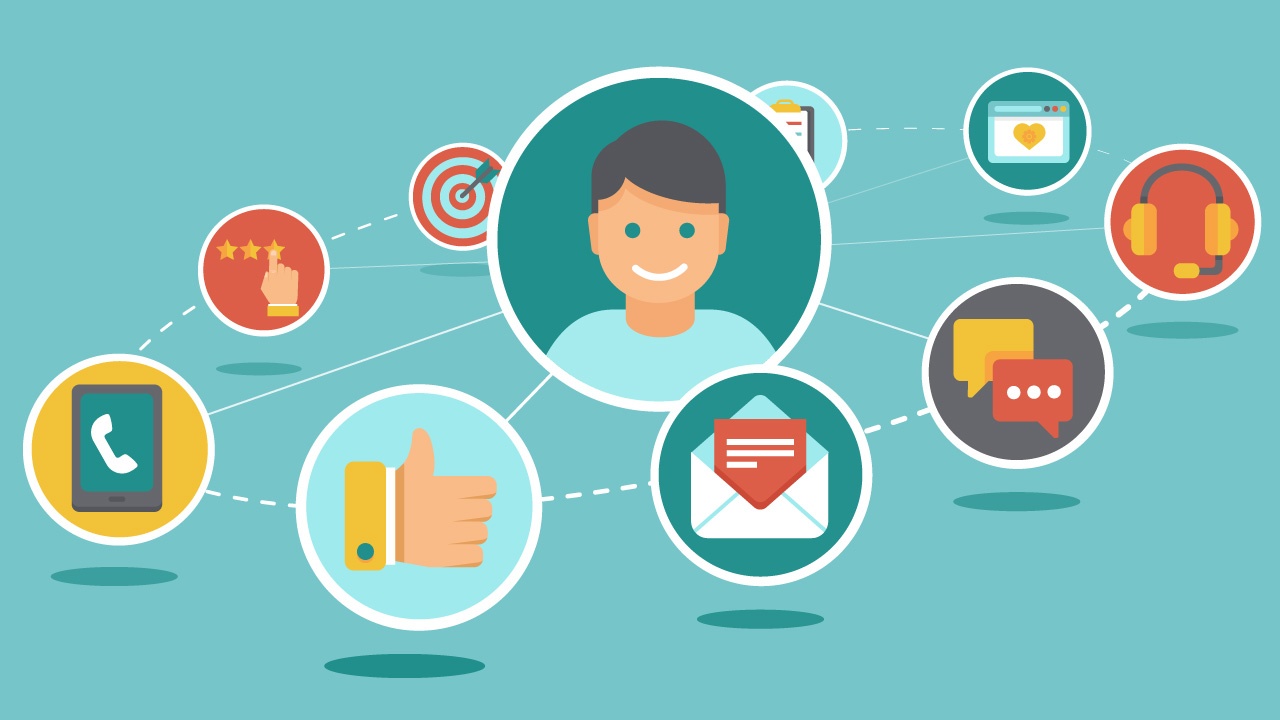
3. Omnichannel Marketing
From mobile phones and social media to brick-and-mortar storefronts and direct-to-customer (D2C) websites, consumers have a plethora of options for where, when, and how they purchase these days.
The customer engagement path may differ depending on whether a company adopts a multichannel or an omnichannel eCommerce strategy.
What is Omnichannel eCommerce?
Omnichannel eCommerce is an online sales approach that uses numerous channels to give clients a similar experience no matter where they buy, such as online storefronts or social media platforms.
Consumers are usually compelled to purchase a product because it corresponds to their own desires and advantages.
You can provide a more relevant and contextual experience with an omnichannel approach. As a result of the greater personalization, conversions, and an increase in customer loyalty.
What are the Benefits of Omnichannel eCommerce?
Customers use an average of six touchpoints throughout their purchase journey, implying that they gather information from a variety of sources before deciding whether or not to buy your product. They may learn about your business via social media, but they’ll double-check prices and availability on Google Shopping before visiting your actual store.
When they’re ready to purchase the items, you can welcome them with open arms since customers were exposed to your products for quite some time.
With omnichannel eCommerce, all of these interactions are connected together, and a customer is considered as a whole regardless of where they interact with your firm. They will have a smooth experience until they reach the last step, regardless of where they are on their trip.
Customers that interact with your company on many platforms are more likely to become repeat customers.
According to Harvard University research, omnichannel customers who spent more money with a firm were more likely to tell their friends and family about it.
How do you create an Omnichannel Strategy?
It takes time, effort, and money to transition from a single-channel strategy to one that includes multichannel, or even omnichannel. However, because the return on investment is so great with this method, you’ll be reaping the benefits in no time.
There are 5 steps to creating an omnichannel marketing strategy:
A. Compile information about your customers.
Spend some time studying the interests, behaviors, and needs of your target audience. Inquire about their experiences, get input from customers, and make use of social media and social listening technologies.
B. Utilize different marketing channels
Discover which platforms your consumers utilize, who they follow, what they look for, and what motivates them to participate.
C. Choose a single goal for each channel.
For example, one channel should primarily be used for interaction, while the other is used for news updates, and so on.
D. Connect all channels for better reach.
This stage is the most difficult since it requires flawless execution. You’ll need the appropriate technology to track your consumer through all touchpoints, from reading reviews on your website to seeing social advertising and window shopping on internet marketplaces, and eventually purchasing your product.
E. To keep up the good work, it is important that you maintain your channels.
There is no time to sit back and relax, so constantly try and enhance your plan. In this manner, you’ll have loyal customers who will always return for more.
4. Specialty & Niche
Having an eCommerce niche is extremely important if you want to build a brand or increase your profits.
Selling home decorations isn’t really unique, but selling biophilic decorations is unique and appeals to a certain audience. So Profitable eCommerce niches are fairly precise, and the product should preferably have a unique selling point.
eCommerce categories include environmentally friendly personal care items, hiking gear produced from recycled yarn, CBD pet food, organic skincare supplements for women, handcrafted jewelry, sustainably-made homewares, and more.
Why niche is important for an eCommerce business?
There are over 30 million eCommerce sites on the internet, so the stakes have never been higher. Most businesses lack the financial means to compete for market share in a number of markets; selecting a niche allows you to focus on a certain market sector with less competition.
This can actually result in more income than attempting to accomplish too many things at once, according to some experts.
Concentrating on a specific market also allows you to get to know your clientele better. Understanding your target market is one of the most essential elements of eCommerce success.
Finding a Niche for Your eCommerce Business Has Its Advantages
Less Marketing and Ad Spend
You may target a very narrow demographic and achieve lower ad spend and a much more restricted marketing budget by targeting a specific population.
Why? You’ll spend less if your audience is specific.
When you create a Google Ads campaign, for example, you have the option of bidding on high-cost, frequently searched keywords or low-cost, more targeted
Less Competition, More Money
There will be less competition since you sell a unique product and less competition means more money being saved with less marketing spend.
Increased Average Order Volume (AOV)
Being in a niche implies that your product is unique and fulfills a specific need for your client. This means you can charge a higher price for it.
Especially if it’s produced in small amounts by hand or using environmentally friendly processes. However, the cost isn’t solely determined by the manufacturer’s quality. Another element to consider is availability.
If you run a specialized eCommerce shop, you’re most likely one of just a few firms selling that product. Because there is scarcity, you’ll be able to charge more.
Conclusion
It’s time to update your antiquated eCommerce systems if it’s holding you back from expanding as a business. There’s a lot to be optimistic about when it comes to the future of your company, but there are also a lot of obstacles to watch out for.
However, at the end of the day businesses who get on the trends early and adapt for the future of eCommerce destroy the competition and double if not triple their profits and expand their business. If you use the correct technology and make the proper development decisions, you’ll be set for long-term success.
Optimum7 can help you with your eCommerce Development projects, decisions, and consultation. We have years of experience in the industry so we can foresee the trends before they emerge. Contact us and let’s start talking about your business!
